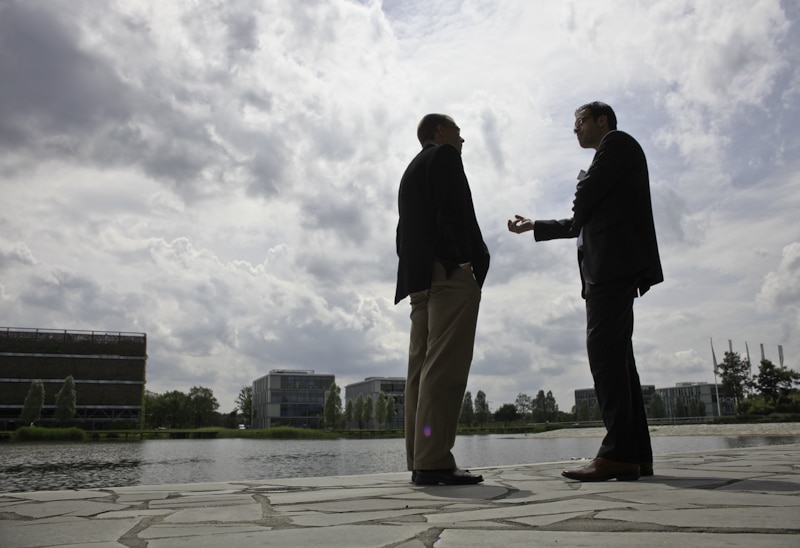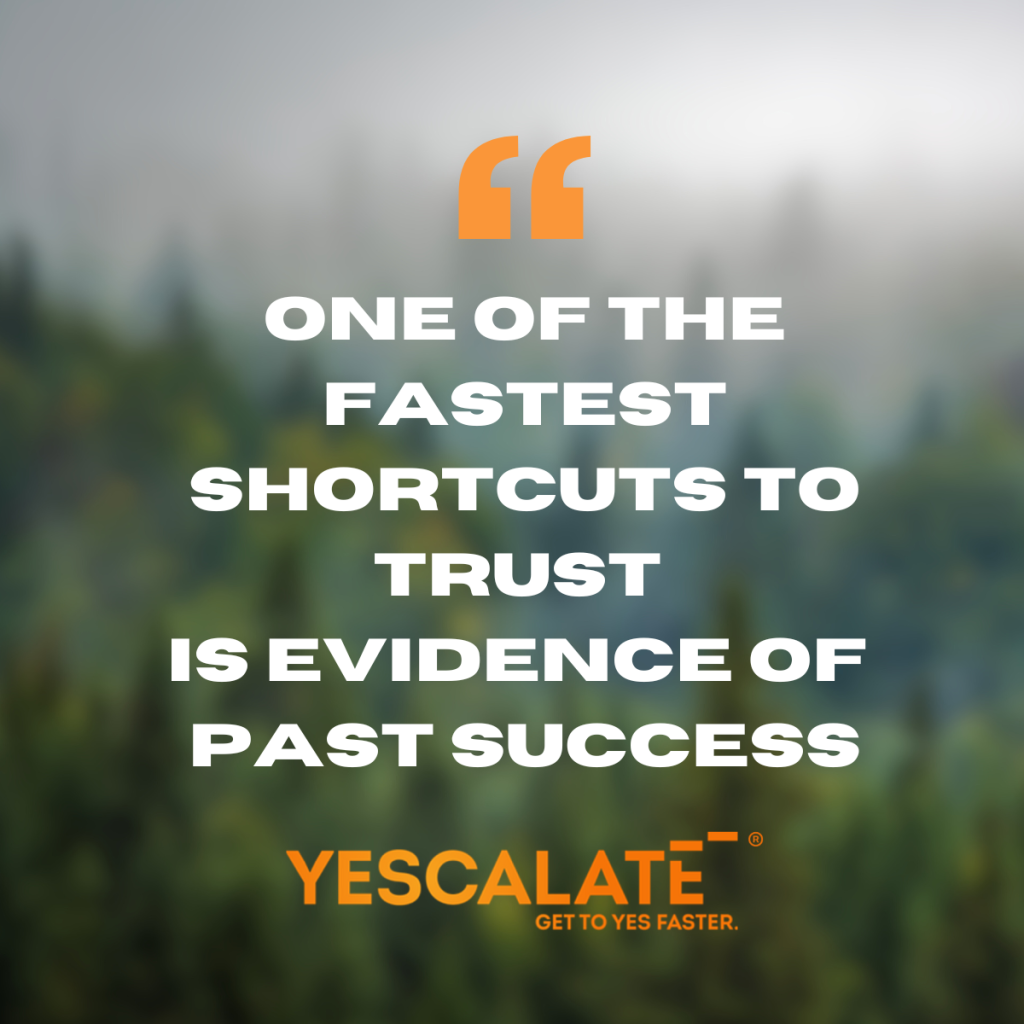
As you may have heard, Oracle has been making significant changes to its Sales Cloud and related apps.[1.“Oracle Sales Cloud Enhancements Help Sales Teams Increase Business Agility and Revenue,” http://www.marketwatch.com/story/oracle-sales-cloud-enhancements-help-sales-teams-increase-business-agility-and-revenue-2015-07-27] Because so many sales teams use Oracle tech to manage their sales flow, any major update is bound to create ripples through sales departments. It’s clear from its recent efforts that Oracle is attempting to solve the problem of retrieving a customer from the middle of a purchase decision—a point at which they may have already made up their mind. So what are these changes doing to address this challenge?
Changing Sales: Can Your Team Catch Up?
As Oracle notes, a recent CEB study has found that on average, 57% of the purchasing process is over before a potential client even comes in contact with a sales rep. Think about that. In the traditional purchase decision hierarchy[2. “The Consumer Decision Journey,” http://www.mckinsey.com/insights/marketing_sales/the_consumer_decision_journey], this means the customer has passed the Awareness, Familiarity, and most of the Consideration stage, and is nearly ready to make a purchase.
Here customers have already looked at information, compared products, read reviews, asked friends, and thought about features. We can thank modern technology for most of this speed, since it allows for a vast amount of easily-accessible individual research and peer-to-peer collaboration.
But this poses a problem for sales reps everywhere: an increasing number of customers are walking up to them and saying, “Here’s the product I want, using this deal I found, and nothing more,” shutting down opportunities to recommend a better product, cross-sell, or create an ongoing relationship (there have always been customers like this, but not nearly as many). Even worse, approaching potential customers is more likely to end with, “I’ve already looked at the product information you are giving me, and after my own research, I’m going with this other company.”
Oracle’s Solutions: Industry Specifics and Information
Oracle’s updates span quite a few different areas, but we’d like to look at one update in particular: the new UX that is designed for more industry apps and more mobile solutions. There’s a focus on tablet apps and graphic presentations now, as well as new “vertical” options for product demonstrations or solution sections in select industries, such as high tech, consumer goods, financial services, or communications.
This change is particularly important, because it provides a healthy way of dealing with the real problem here. These solutions are bound up in the digital world, but the issue is actually a psychological one: sales teams need to unconvince customers.
Oracle’s approach to the problem is to speed things up and personalize, personalize, personalize, giving B2B deals the same customization we are seeing in the B2C arena. So when a customer is already more than halfway through the decision hierarchy, a company using these new tools can immediately respond: “Absolutely, we have your industry information right here on this tablet, we’ve looked at your past sales needs, and we have customized options for you to explore.”
This sort of new, pertinent information—right there at the fingertips, without breaking the conversation—creates valuable space to help customers reconsider their purchase. You can add your own research and recommendations before they make the final decision, because you have the right data, right when it’s needed. This is the direction that sales tech is heading in the coming years, and that’s a good thing.
Psychology of Retrieval: Meeting Clients Where They Are
The challenge that Oracle is tackling goes far beyond a digital dashboard. It points to a psychology issue growing more common in today’s customer-led marketing world. How do you win over a lead when they have already made up their minds about your product—and everyone else’s products? What happens when there’s just not much room for persuasion from the first cold call on?
No longer can companies afford to discount these leads as poor opportunities. Instead, what Oracle is aiming for—and what all sales teams should consider—is retrieving the customer from decisions they have already made.
This is where YESCALATE® comes in. Using the power of YESCALATE’s lessons and techniques, you can work to win over customers no matter where they are in the purchasing decision process and GET TO YES FASTER®. Here you can learn how to use valuable tactics to reverse customer trains of thought, and important tools such as:
- Information: Customers may have collected opinions, but are unlikely to have contacted an expert in possession of all the facts. Retrieving a customer starts with education.
- Time: Offering limited-time discounts will help capture customer attention away from other products.
- Real Needs: Speaking directly to the customer’s personal needs is something that only a personalized sales rep can do—this offers significant value over self-research.
- Data: Where is your customer getting information from? Do you have a presence in that medium that you can direct the customer to?
To find out more information, visit the YESCALATE® website and see what our training has to offer.




